Jul 20, 2016 | Book Covers, Calligraphy, Recent Posts
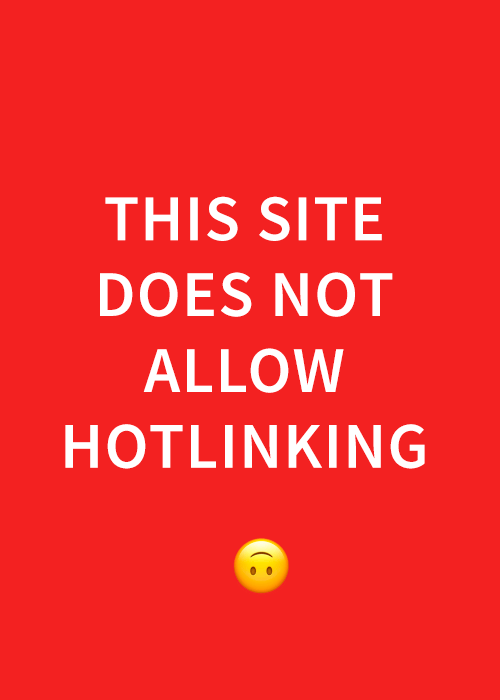
Olde skool tools for modern tymes. In my process I use everything, but I have a special place in my heart for these timeless shapers of letters.
Designing a cover for a women’s novel isn’t as easy as it used to be. The line between “romance” and “literature” is getting increasingly blurry, and all of a sudden (with the merciless invention of the Kindle) nobody seems to want to be caught reading something that looks like a romance. So even if a book is about Love, somehow it has to look neutral. Yeah, Love. Whatever. I’ll call you, but maybe not. It’s cool . . . .
This cover for author Emily Giffin was a lengthy process. There is a lot at stake in a cover design for a major author. Even if a book is found online and is never picked up before purchase, the little half-inch avatar on the screen that represents the book has to capture the imagination. Once the book is in someone’s hands the job of the book cover is to support the reader’s belief in the words inside and to create a loyal bond. The book jacket also has to sit around, sometimes for years, when it isn’t being read. While it seems to be languishing idly on coffee tables and night stands it is actually working hard, whispering to anyone who walks into the room, come over here, sit down, fall in love with the world between these covers. It has to have presence.
I started out this cover design by testing scripts that could express different flavors of modern love. Casual, sophisticated, breezy, or nostalgic (just a little) for the days of holding hands.
New direction came in to go a bit retro, and “ornamental/but not.” Very tricky to get these particular words to lock up decoratively, and still read quickly at one-half inch on a small smartphone, the ultimate test these days. This one was drawn with pens and curves and then I laid in color and charcoal.
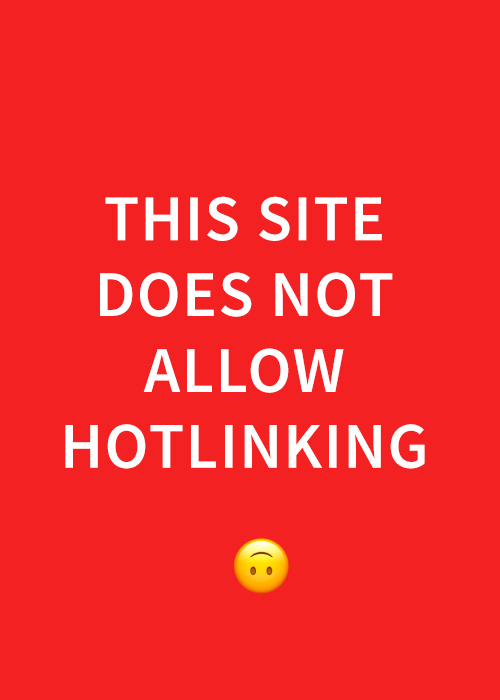
Another meeting, a new direction: let butterflies say romance and dial the letterforms back to a classic hand-drawn typography. (I did not do the butterflies or other illustrative elements, and it was decided early on to keep the author’s name in a font.)
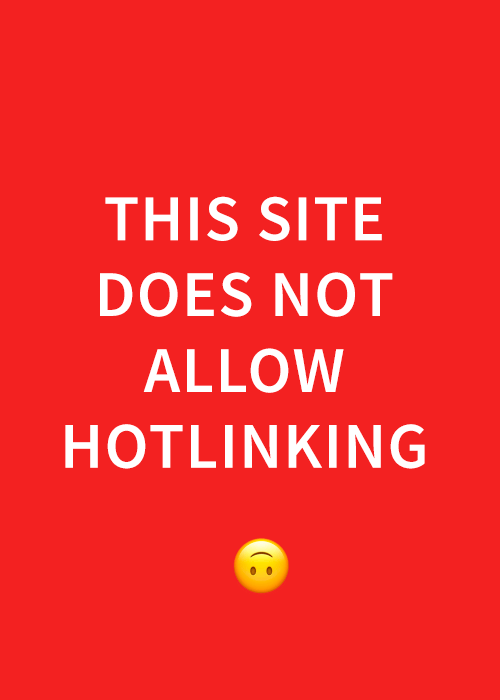
On the other hand . . . maybe hand drawn is where we want to be, but looser. Pen calligraphy with watercolor, letting mistakes happen and not trying to control the process very much.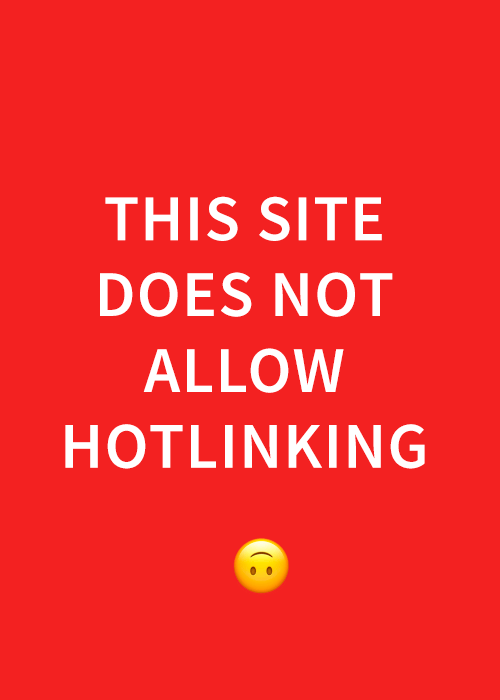
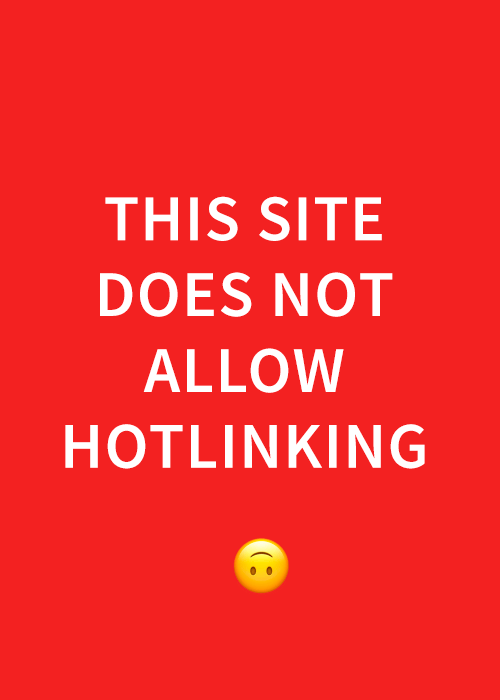
I refined and clarified the script design, returning to a typographically drawn style, and the charcoal texture I created was further distressed and integrated into the whole. The finished cover is very spare and open. When I see this book in a field of covers that rely for impact on color photography it stands out for its feeling of light and optimism, as well as the simplicity of the elements. This is an unusual combination of modern and retro styling, and it could only have emerged out of the process of a lot of back and forth and human collaboration. (#designbyhumans #notatemplate )
To see more of my book cover design and lettering check out my full portfolio here.
Follow me on Instagram to peek into my studio life and work in progress.
If you have a project in mind I’d love to talk. Get in touch!
Jul 18, 2016 | Brush Calligraphy, Calligraphy, Recent Posts
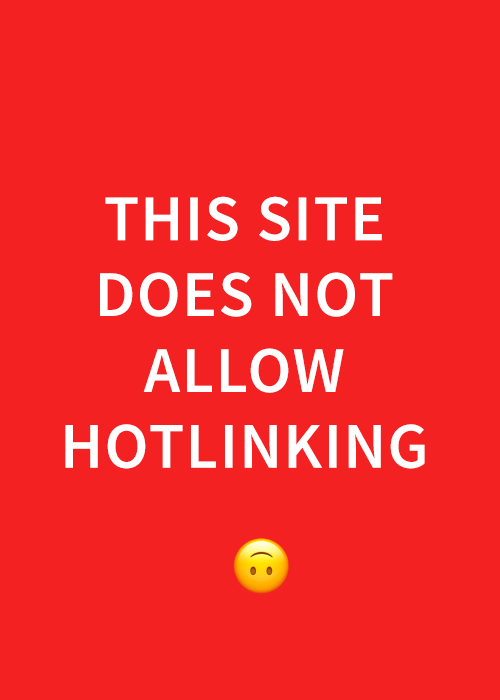
Calligraphy brush logo with watercolor by Iskra Design
I am having a month of orange. Stay tuned for more of this color, which I can’t get enough of! Here is a fun interpretation of a logo I usually show in black and white. I have revisited it in watercolor, creating a background that suggests a lively dinner party with a slightly ’50’s vibe. The original logotype calligraphy was done with an edged brush, pointed brush and gouache on rough paper, combined with a set font.
Jan 21, 2016 | New Work, Recent Posts
Identity design for packaging can be creative and exciting work, as long as you don’t allow yourself to be attached to a final product. Probably 90% of ideas generated for packaging are never used. It is an exacting process with many rounds of negotiations between creative, marketing, and client. In spite of the fact that so much of the effort goes purely into development, it is often my best work. There are always puzzles to solve, and the teams of people involved are smart and fun and don’t hesitate to offer me a challenge. This was a rush project done mostly in one day. If it had gone further the curves and edges would have been finessed except for the rustic version, which is intentionally rough.
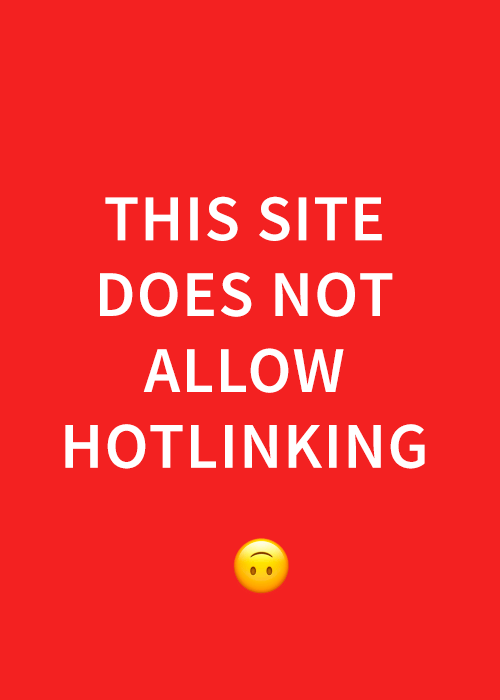
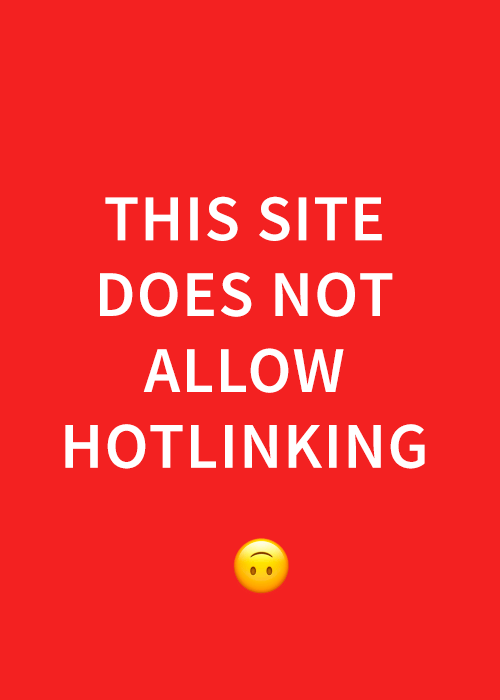
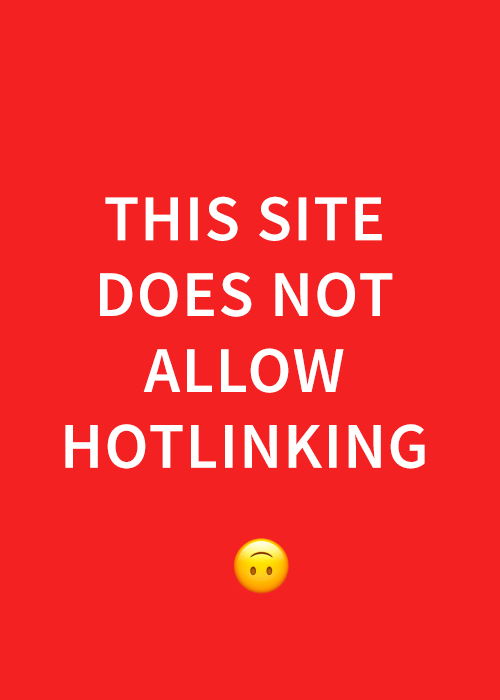
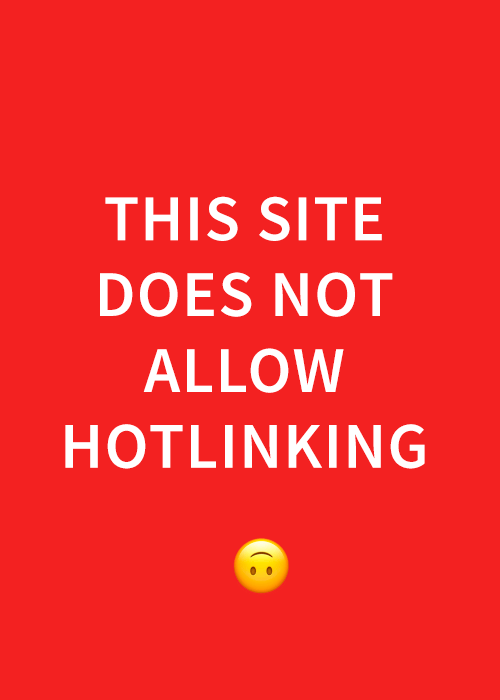
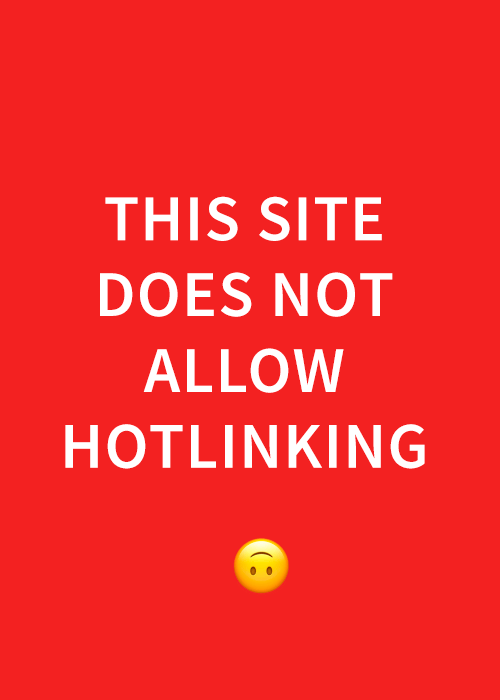
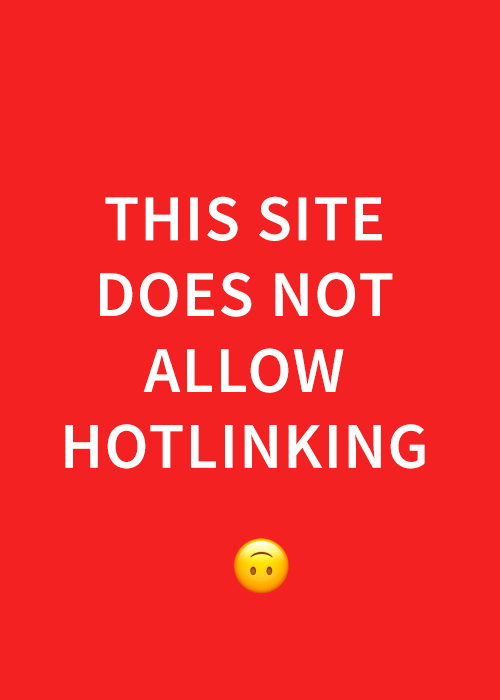
This last version was my favorite. It might not read easily from ten miles away, but it makes the most of some limited options for ligatures. I am not a fan of what I call the “dental floss school of lettering,” in which every wild and frivolous opportunity to make a flourish is followed, at the expense of being able to make sense of the words. It is rare to get an arrangement of letters where the forms will gracefully interlock. Most letters are lazy: they’d rather sit proud in their natural, beautifully proportioned forms, and as a designer I never want them to look like they are working hard to make a relationship. In this case, particularly, the name feels like it has dignity. It may be high proof, but it’s sober.
As mentioned in the intro, in packaging many are offered, but few survive. Nonetheless, a great chance to work with lovely letters. You can see more snapshots of work in progress on Instagram or Facebook.
Jan 13, 2016 | Calligraphy, Handwriting Design, New Work, Recent Posts
Last year I had the opportunity to work with a wonderful photographer on a new identity for her business. “Simply Ania” already had a pretty fine site and look, but Ania wanted something even better, more customized, that would express her personality and the quality of her work. Ania specializes in portraiture of babies, and after seeing her portfolio I couldn’t wait to see what we could create for her.
After reviewing her inspiration file and gathering styles from my site we established a general parameter. I would focus on her name, “simply” would remain set in type, and I would explore a range of directions, from informal to elegant, blending femininity and strength.
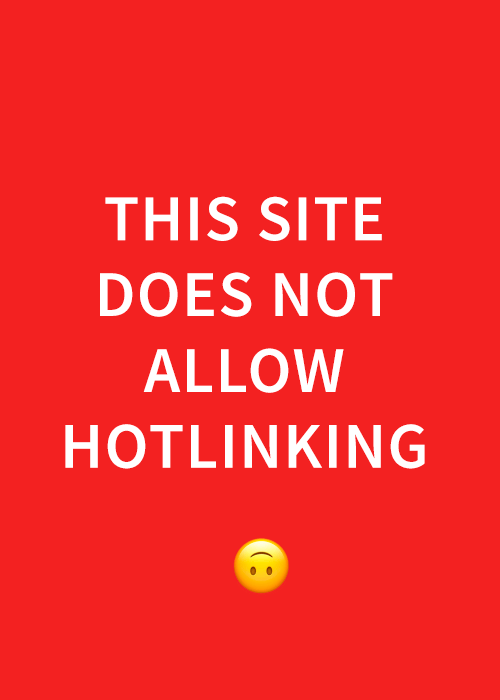
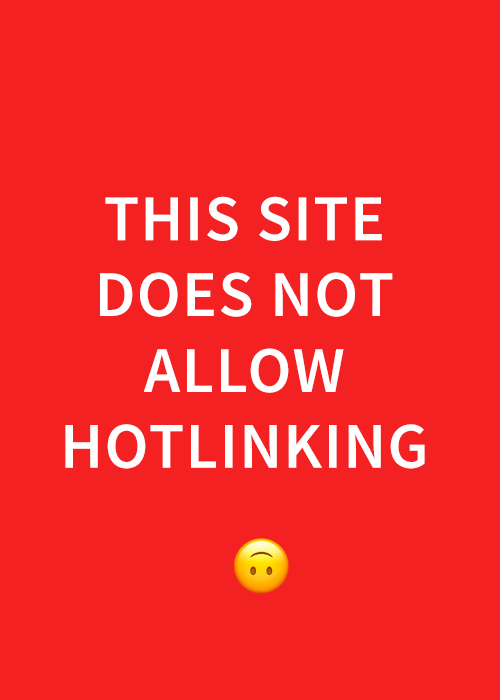
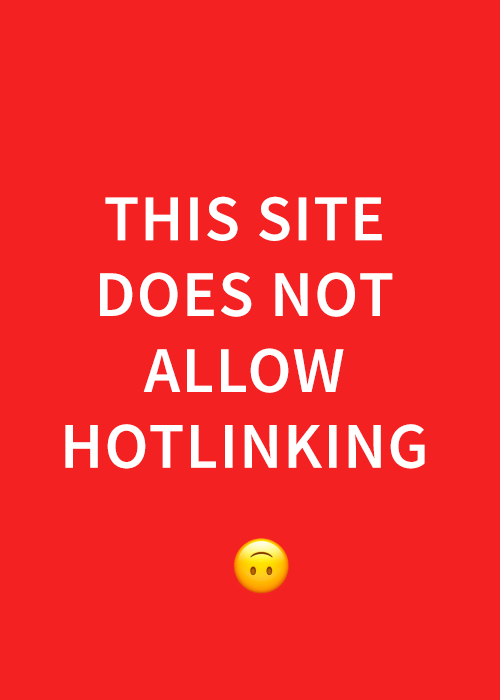
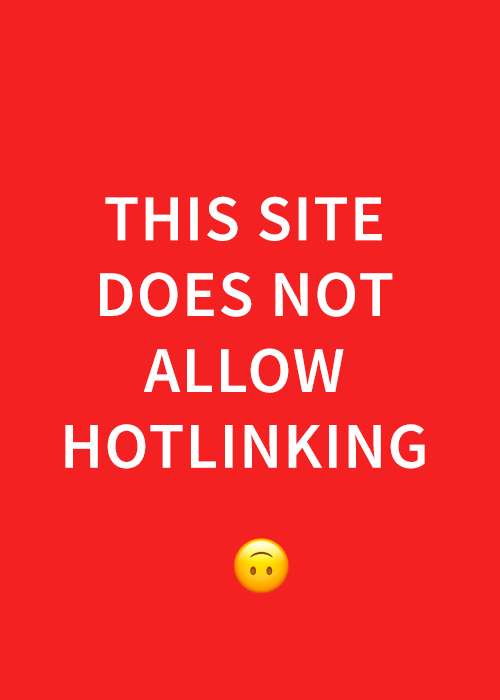
Above, the final choice, as it appears on the Simply Ania website. One of the unique challenges of this project was the very shortness of the name involved. Also, repeated letters. It can take many tests and variations to balance out repeated letters so they look different in a way that looks intentional. An upper case A would have given more variation to the logo, but the choice of lowercase adds approachability. When a logo is signature based there is always a key question to ask: is the main goal of the logo to amplify the identity and image of the business so that it becomes aspirational by association? Or is it to open a door and create a relationship with prospective clients? When I work on celebrity logos we usually take an aspirational approach and put the focus on expressing the celebrity brand. In a service business, particularly one where relationship is as important as it is in portrait photography, a quieter approach can be more appropriate. It is a subtle difference, and is one of the elements I love working with in creating custom logo design. You can see more examples of custom calligraphy logos in my handwriting portfolios.
Aug 11, 2015 | Featured Post, Recent Posts
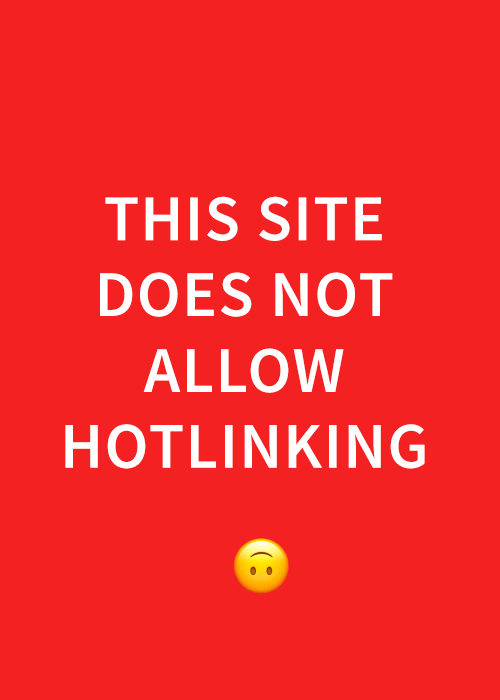
The logo designer, thinking.
Every week I am approached by small businesses and start-ups in need of a logo. Often the callers have no experience with design or in working with a designer, and this article is written in answer to many of the questions that come up. In this essay I will explore how to choose the right logo designer (and avoid disasters), how to work with a designer, and the difference between a graphic designer and a lettering artist.
Four Reasons Why Logo Designs Fail
I have lost track of the number of people who have come to me saying, “I have gone through 3,4,5 (!) logo designers and none of them has come up with anything I like. Help!” This is a very scary start to a conversation because, I, of course, do not want to be number 6 in the line-up of failures. I always ask questions to see what has gone wrong before, and I have concluded that there are there are four common reasons why the logo process fails:
· The client did not communicate to the designer what they wanted.
· The designer did not listen to what the client wanted
· The style “fit” was wrong.
· Enormous changes at the last minute, sometimes blamed on the designer.
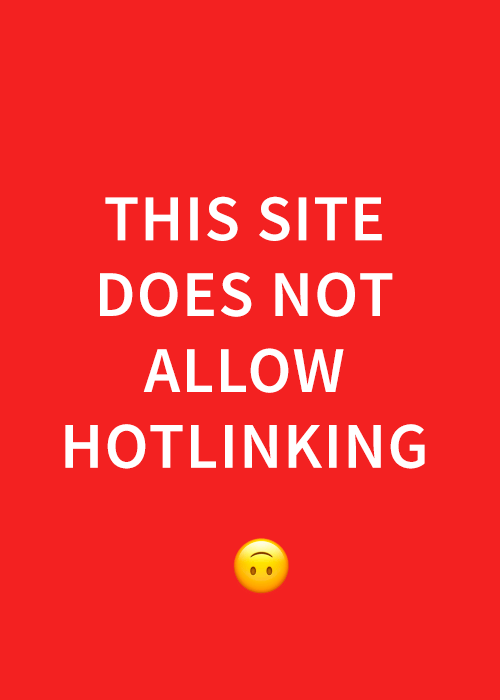
The Key to a Good Logo Design is Good Communication
It’s no accident that college degrees are offered in “communications” and that there is an actual magazine called “Communication Arts.” Nothing is more vital to the process of good design than clear communication. A designer can only create the perfect logo for you if you have given thought to the nature of your business, can explain to the designer what sets you apart, and give some guidance as to the look you think you want. If you can’t communicate those things a great design is still possible, but you will need to build in a budget for identity therapy, the sometimes painful and lengthy process of figuring it out by seeing all the things you don’t like before you see something you do. (This can also be an excuse for a three-martini lunch, and some of the world’s greatest brands started on napkins, so it’s not all bad.)
So, how to communicate what you are looking for? There is some very useful homework to do before you even start looking for a designer. Scrap books and Pinterest boards are a great way to collect the things you like and communicate with a designer on a purely visual level. What is even more helpful is to write down in words what you like about the samples on your board and why. Out of that list you can refine a set of “attributes” that you want to include in your design. Equally useful are samples of what you don’t like, with the reasons.
It is also very important to let a designer know who your competition is and how you want to either set yourself apart or blend in. A designer can do this for you, but that is called “market research,” and it will cost you. Bring them pictures of your competition, and you’ve saved yourself a bundle. If you have a personal stake in the visual, if it is based on your signature, or a family heirloom, or a phrase you’ve had in your mind since the 8th grade, include that in your identity material as well.
What to Consider When Looking for a Good Designer
Once you have an idea of what you are looking for start hunting. What’s your budget? Can you go to a large agency? Do you want to work with a mid-size company that has copywriters, a design department and market research capability? Or are you more comfortable working with an individual? Use keyword searches, LinkedIn, web portals, Instagram, portfolio sites and word of mouth referrals to scout for candidates. Look for people who have samples of work that speaks to you directly. It may not include the exact style you have in mind, but the portfolio should show you that the designer can think in ways that have range and aesthetics that match your own. Is there depth of experience in the work? Is there a client list and/or testimonials? If the person looks promising send a brief email with a short outline of who you are and what you are looking for and follow up with a phone call.
Right. Actually talk to someone. You’d be amazed how much you can find out in three minutes on the phone about whether this person is going to be your dream designer or make you crazy. The way you go about designing your logo is in many ways the blueprint for how your business is going to meet the world. A logo design is more than a commodity, it is a relationship. If it is a good relationship you are starting out on the right foot with your business. Does the designer listen? Do they ask questions? Do you feel comfortable asking them questions?
I find it very useful in a first conversation to mutually look at samples online, and get a read on taste and compatibility. As the designer being interviewed I want to be sure that my work is really a good fit. If someone says they love my portfolio but then they send me dozens of images of other peoples’ work it is a sign that they should probably call those other designers. One of the basic elements of respect is not to ask a designer to copy someone else, but instead to honor them for what they do, and build on that.
What’s the Designer’s Philosophy?
Communication goes both ways, so it is important for the designer to be clear up front about their business practices, their contracts, and their design philosophy. I participated in an interesting discussion recently on Logo Design Love on the subject of “how many logos do you show?” That is one of the key questions that a prospective client should ask, and a designer should answer. If a client does not trust their own instincts or visual taste they may be very grateful to the designer who says, “I am the authority on design, I know what is best, and I will show you one option.” In today’s intensely visual world, where we exercise design choice on a daily basis, I find that clients have an investment in their own taste and ideas, and I like to honor that by collaborating. I show a range of options, and usually include several rounds of revisions based on client feedback, the number determined by the budget and the scope of the project. I always put the project expectations in writing, either as a formal contract or as a letter of agreement, and I begin when both parties have signed off, insuring that we are, literally, on the same page.
Do You Want a Designer or a Production Artist?
Every designer has an investment in the quality and style of their work, and one of the most common points of friction is when the client wants more control than the designer is comfortable with. If you are by nature a micro-manager, it is wise to let a designer know that up-front. Then they can decide if they are willing to risk having their role defined more as production than design. Either approach can lead to a good logo, but if you are going to the trouble of hiring a designer you might think hard about what you are asking from them, and how much you respect their judgment and expertise. It’s one thing to tell the mechanic you want your carburetor fixed, it’s another to hover over them and show them how you think they should tighten the bolts and which wrench they should use. In a good fit the designer and client agree on the amount of control each will have. In my experience the best projects are those where someone loves my approach to design, trusts me to do a good job, but gives me enough guidance and inspiration to create something bespoke that perfectly fits their needs. (more…)

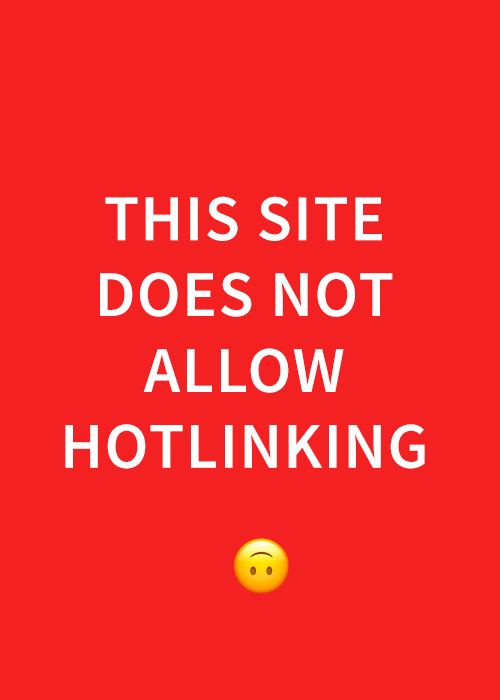

















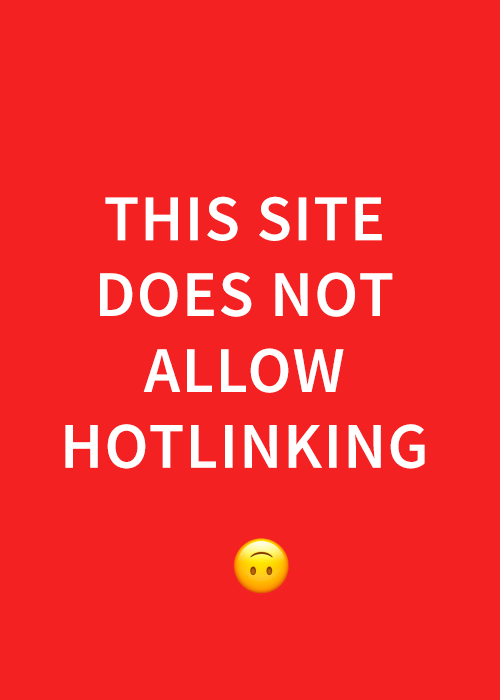 Designer, calligrapher, lettering artist.
Designer, calligrapher, lettering artist. 